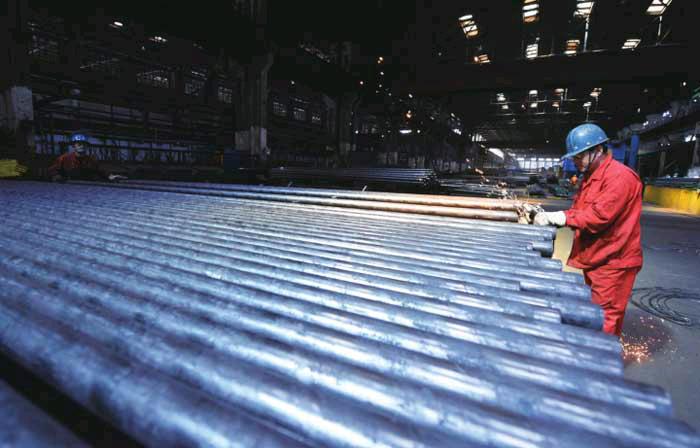How to Produce Substantial SOE Reforms
2017-09-02
The General Offi ce of the State Council, Chinas cabinet, recently issued an action plan on the reform of central stateowned enterprises (SOEs). The plan requires that all central SOEs under the State-owned Assets Supervision and Administration Commission must complete the corporate system reform by the end of 2017. Moreover, they must also accelerate the establishment of an effective corporate governance structure as well as a flexible and efficient market-based operational scheme. This indicates that, for the fi rst time, all central SOEs will be required to adopt the corporate system since Chinas SOEs started such reforms in the 1990s.
Among the 101 central SOEs in China, 69—including 3,200 subsidiaries —must transform into modern corporate system structures within half a year. The reform is not merely a change of their organizational layout, but a transformation of their operating methods and mechanisms.
Most of Chinas central SOEs were set up by ministries and commissions under the Central Government during the countrys planned economy era and are wholly owned by the state. As Chinas market economy develops, the disadvantages of such a system are becoming increasingly noticeable.
In November 1993, the Third Plenary Session of the 14th Communist Party of China Central Committee decided to restructure SOEs into modern corporate systems. After years of reform, a large number of SOEs in China have succeeded in establishing market-oriented operational systems. However, some SOEs have not yet become real market players and their reforms have not yet been completed.
Practice proves that reforms are easier in small and some medium-sized SOEs than of large ones. Now the remaining 69 SOEs have to prepare their reform proposals within three months, which will be a real challenge for them.
However, reforms of those enterprises must be carried out in accordance with different circumstances. Industries involving the national economy and state security, infrastructure and important natural resources can be restructured as wholly state-owned limited companies. But in competitive sectors such as coal, iron and steel, trade, textile, mechanics, transportation and building materials—in which most of the 69 remaining SOEs are focused—wholly state-owned enterprises must be reformed to adopt a corporate governance system and diversify their shareholding structure.
The biggest change of such reforms should be the implementation of corporate governance and market-oriented operations. This is no simple task, and requires numerous changes.
First, the responsibilities that SOEs assume will be changed: In the corporate system, state capital assumes limited responsibilities in accordance with shareholding proportions, instead of unlimited responsibilities.
Second, the market status has changed: In the corporate system, SOEs are complete market players with a sound corporate governance structure. Such changes will pave the way for furthering SOE reforms, intensifying mixed-ownership reform and diversifying shareholding structure in SOEs.
Corporate system reform of wholly stateowned enterprises among central SOEs is both a general trend and a necessary step for them to participate in international competition, so it must be well implemented, regardless of the diffi culty.
